European Commission President Jean-Claude Juncker and European Council President Donald Tusk sent a joint letter to UK Prime Minister Theresa May. That’s for hoping to provide the "assurances" to help May get the agreed Brexit deal through the UK Parliament tomorrow.
In short, Juncker and Tusk pledged to try to reach the agreement regarding post-Brexit EU-UK relationship by the end of next year so as to avoid using the Irish backstop. They also emphasized that a commitment to speedy trade deal made by EU leaders had “legal value” which committed the Union “in the most solemn manner”.
If the target date couldn’t be met, UK will have an option to extend a status-quo transition period, also for avoiding to trigger the backstop. They also pledged that “If the backstop were nevertheless to be triggered, it would only apply temporarily, unless and until it is superseded by a subsequent agreement that ensures that a hard border is avoided.”
Below is the full letter:
Dear Prime Minister,
Thank you for your letter of 14 January 2019.
As you are well aware, we regret but respect the decision of the United Kingdom to leave the European Union. We also consider that Brexit is a source of uncertainty and disruption. In these challenging times, we therefore share with you the determination to create as much certainty and clarity as possible for citizens and companies in a situation where a Member State leaves the European Union after more than four decades of closest economic and political integration. That is why the Withdrawal Agreement that you and the Leaders of the 27 EU Member States agreed after long negotiations is so important. It represents a fair compromise and aims to ensure an orderly withdrawal of the United Kingdom from the European Union, thereby limiting the negative consequences of Brexit. That is also why we wish to establish as close as possible a relationship with the United Kingdom in the future, building on the Political Declaration, which the Leaders of the 27 EU Member States agreed with you. It is also why we want negotiations to this effect to start as soon as possible after the withdrawal of the United Kingdom from the European Union.
As you know, we are not in a position to agree to anything that changes or is inconsistent with the Withdrawal Agreement, but against this background, and in order to facilitate the next steps of the process, we are happy to confirm, on behalf of the two EU Institutions we represent, our understanding of the following points within our respective fields of responsibility.
A. As regards the President of the European Council:
On the 13 December, the European Council (Article 50) decided on a number of additional assurances, in particular as regards its firm commitment to work speedily on a subsequent agreement that establishes by 31 December 2020 alternative arrangements, so that the backstop will not need to be triggered.
The European Council also said that, if the backstop were nevertheless to be triggered, it would only apply temporarily, unless and until it is superseded by a subsequent agreement that ensures that a hard border is avoided, and that the European Union, in such a case, would use its best endeavors to negotiate and conclude expeditiously a subsequent agreement that would replace the backstop, and would expect the same of the United Kingdom, so that the backstop would only be in place for as long as strictly necessary.
In this context, it can be stated that European Council conclusions have a legal value in the Union commensurate to the authority of the European Council under the Treaties to define directions and priorities for the European Union at the highest level and, in the specific context of withdrawal, to establish, in the form of guidelines, its framework. They may commit the European Union in the most solemn manner. European Council conclusions therefore constitute part of the context in which an international agreement, such as the Withdrawal Agreement, will be interpreted.
As for the link between the Withdrawal Agreement and the Political Declaration, to which you make reference in your letter, it can be made clear that these two documents, while being of a different nature, are part of the same negotiated package. In order to underline the close relationship between the two texts, they can be published side by side in the Official Journal in a manner reflecting the link between the two as provided for in Article 50 of the Treaty on European Union (TEU).
B. As regards the President of the European Commission:
The Political Declaration agreed at the November Special European Council (Article 50) describes a future relationship of unprecedented depth and breadth, reflecting the continuing strength of our shared values and interests. The Withdrawal Agreement and the Political Declaration represent a fair balance of European Union and United Kingdom interests. They will ensure a smooth withdrawal and a strong future relationship in the interests of all our citizens.
As the European Council has already stated, it will embark on preparations for a future partnership with the United Kingdom immediately after signature of the Withdrawal Agreement. As regards the European Commission, we will set up the negotiating structure for these negotiations directly after signature to ensure that formal negotiations can start as soon as possible after the withdrawal of the United Kingdom, having in mind the shared ambition of the European Union and the United Kingdom to have the future relationship in place by the end of the transition. Should national ratifications be pending at that moment, the Commission is ready to propose provisional application of relevant parts of the future relationship, in line with the legal frameworks that apply and existing practice. The Commission is also ready to engage with you on a work program as soon as the United Kingdom Parliament has signaled its agreement in principle to the Withdrawal Agreement and the European Parliament has approved it.
There is an important link between the Withdrawal Agreement and the Political Declaration, reflecting Article 50 of the Treaty on European Union. As stated in Article 184 of the Withdrawal Agreement and reflected also in Paragraph 138 of the Political Declaration, the European Union and the United Kingdom have committed to use best endeavors, in good faith and in full respect of their respective legal orders, to take necessary steps to negotiate expeditiously the agreements governing their future relationship referred to in the Political Declaration.
In light of your letter, the European Commission would like to make the following clarifications with regard to the backstop:
The Withdrawal Agreement including the Protocol on Ireland/Northern Ireland embodies the shared commitment by the European Union and the United Kingdom to address the unique circumstances on the island of Ireland as part of ensuring the orderly withdrawal of the United Kingdom from the European Union. The Commission can confirm that, just like the United Kingdom, the European Union does not wish to see the backstop enter into force. Were it to do so, it would represent a suboptimal trading arrangement for both sides. The Commission can also confirm the European Union’s determination to replace the backstop solution on Northern Ireland by a subsequent agreement that would ensure the absence of a hard border on the island of Ireland on a permanent footing.
The European Commission can also confirm our shared understanding that the Withdrawal Agreement and the Protocol on Ireland/Northern Ireland:
– Do not affect or supersede the provisions of the Good Friday or Belfast Agreement of 10 April 1998 in any way whatsoever; they do not alter in any way the arrangements under Strand II of the 1998 Agreement in particular, whereby areas of North-South cooperation in areas within their respective competences are matters for the Northern Ireland Executive and Government of Ireland to determine;
– Do not extend regulatory alignment with European Union law in Northern Ireland beyond what is strictly necessary to avoid a hard border on the island of Ireland and protect the 1998 Agreement; the Withdrawal Agreement is also clear that any new act that the European Union proposes should be added to the Protocol will require the agreement of the United Kingdom in the Joint Committee;
– Do not prevent the United Kingdom from facilitating, as part of its delegation, the participation of Northern Ireland Executive representatives in the Joint Committee, the Committee on issues related to the implementation of the Protocol on Ireland/Northern Ireland, or the joint consultative working group, in matters pertaining directly to Northern Ireland.
The European Commission also shares your intentions for the future relationship to be in place as quickly as possible. Given our joint commitment to using best endeavors to conclude before the end of 2020 a subsequent agreement, which supersedes the Protocol in whole or in part, the Commission is determined to give priority in our work program to the discussion of proposals that might replace the backstop with alternative arrangements. In this context, facilitative arrangements and technologies will be considered. Any arrangements which supersede the Protocol are not required to replicate its provisions in any respect, provided that the underlying objectives continue to be met.
Should the parties need more time to negotiate the subsequent agreement, they could decide to extend the transition period, as foreseen in the Withdrawal Agreement. In that case, the Commission is committed to redouble its efforts and expects the same redoubled efforts from your negotiators, with the aim of concluding a subsequent agreement very rapidly. Were the backstop to enter into force in whole or in part, it is intended to apply only temporarily, unless and until it is superseded by a subsequent agreement. The Commission is committed to providing the necessary political impetus and resources to help achieving the objective of making this period as short as possible. To this end, following the withdrawal of the United Kingdom, and until a subsequent agreement is concluded, the Commission will support making best use of the high level conference foreseen in the Political Declaration to meet at least every six months to take stock of progress and agree the appropriate actions to move forward.
Finally, in response to your concern about the timetable, we would like to make it clear that both of us will be prepared to sign the Withdrawal Agreement as soon as the meaningful vote has passed in the United Kingdom Parliament. This will allow preparations for the future partnership with the United Kingdom immediately thereafter to ensure that negotiations can start as soon as possible after the withdrawal of the United Kingdom from the European Union.
Yours sincerely,
Donald Tusk, Jean-Claude Juncker




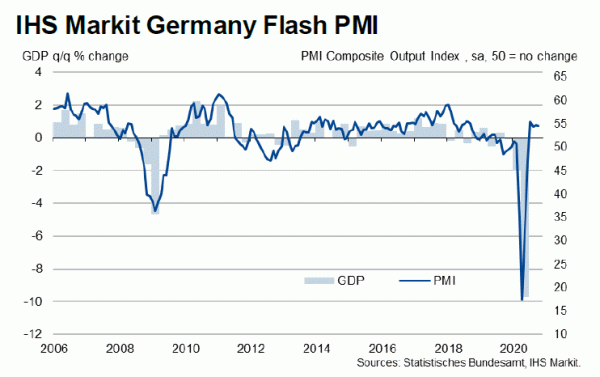
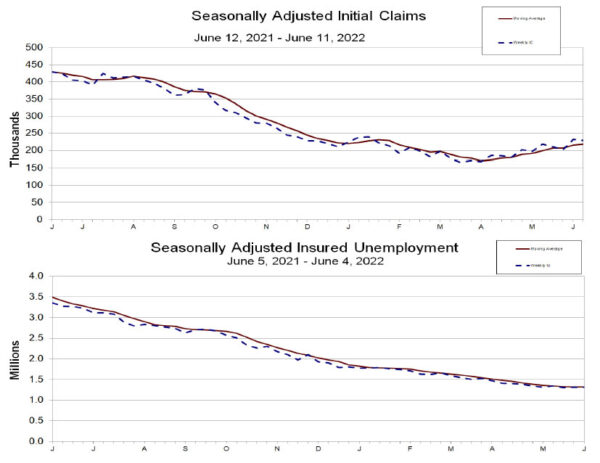
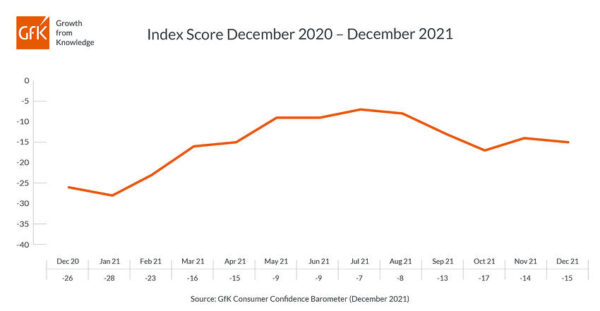
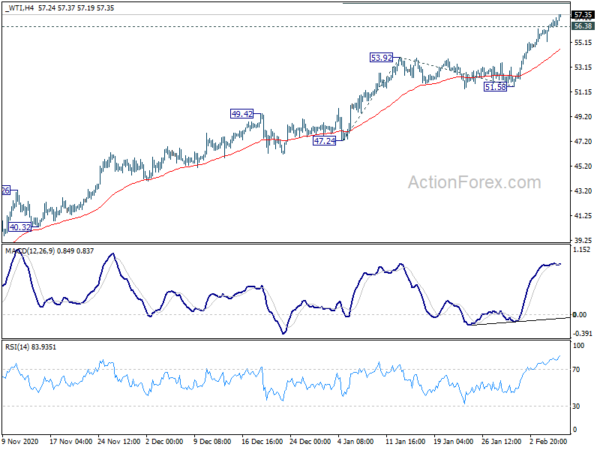
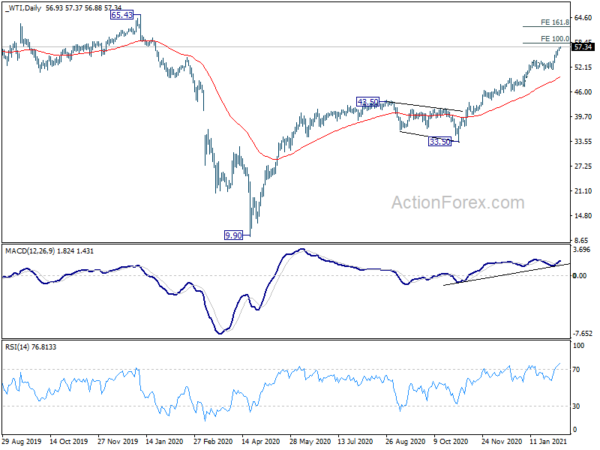
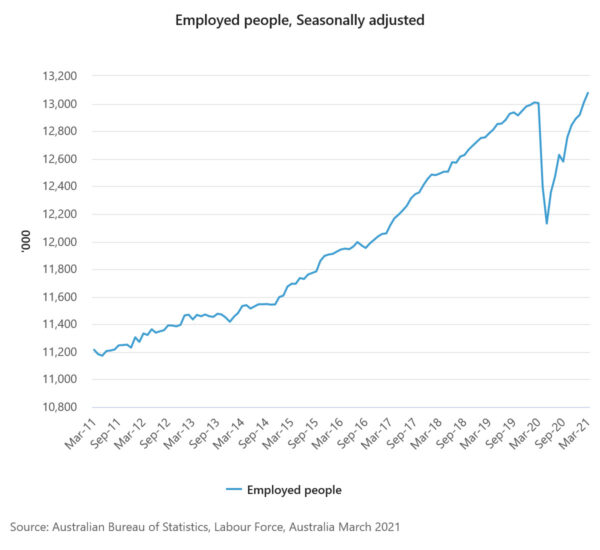
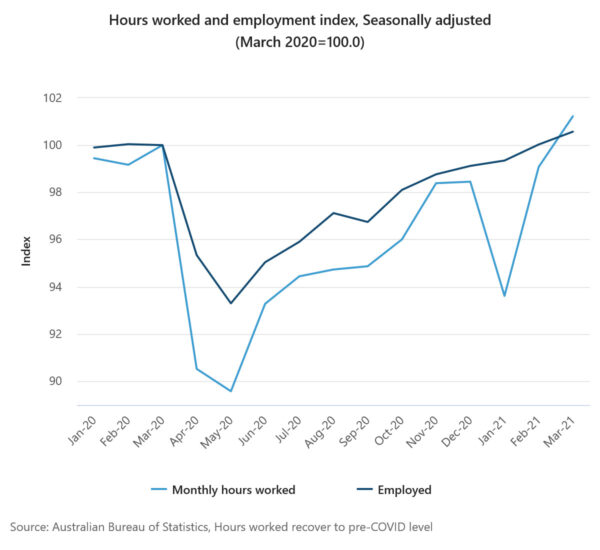
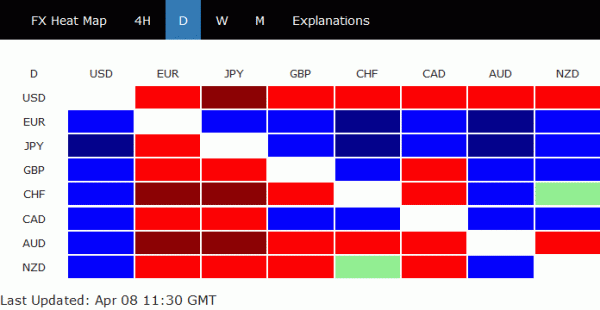
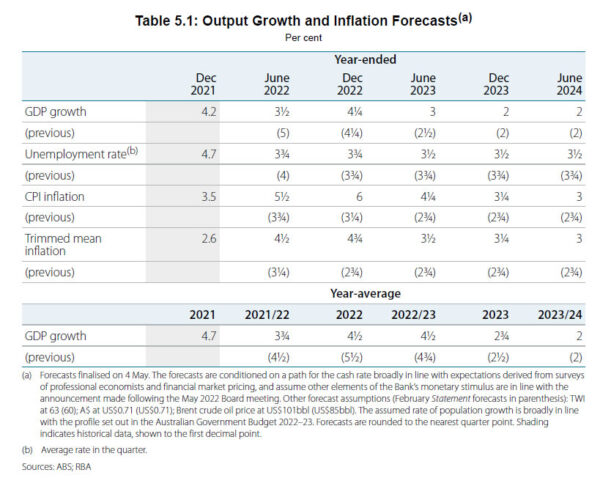
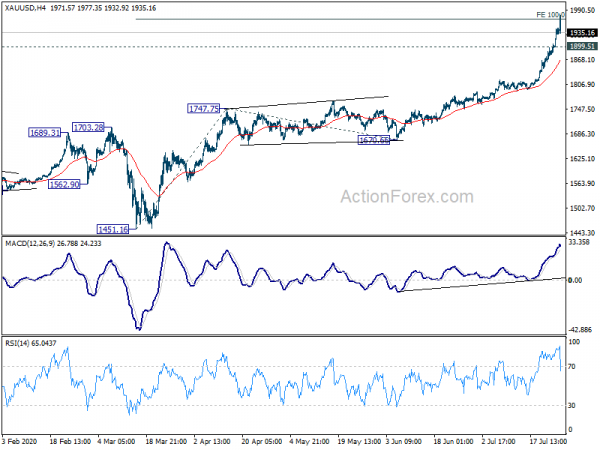
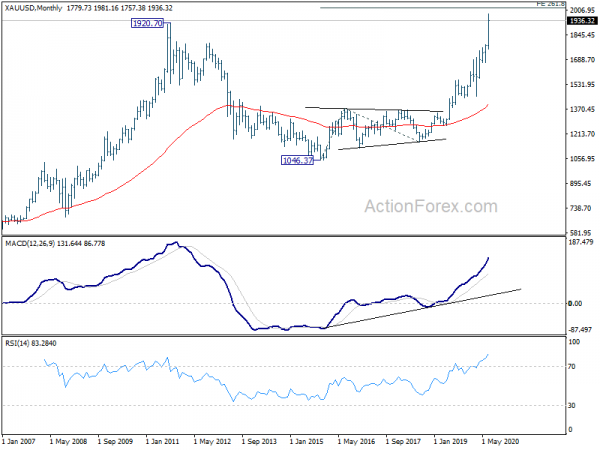
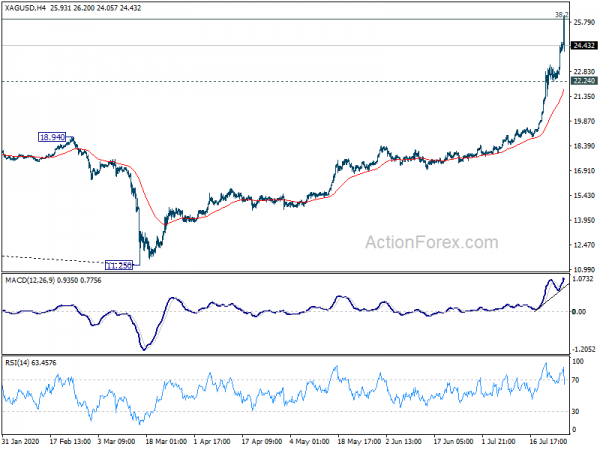
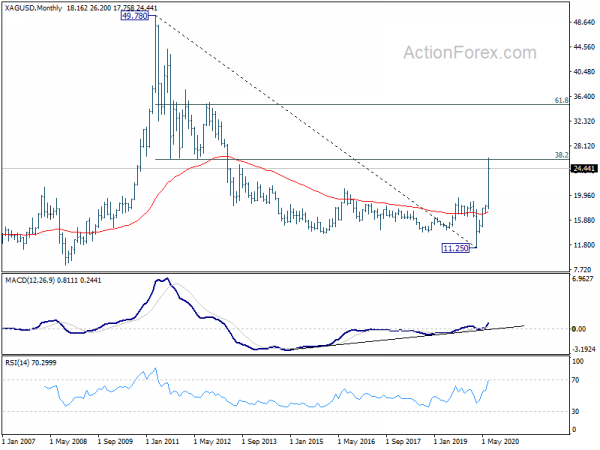
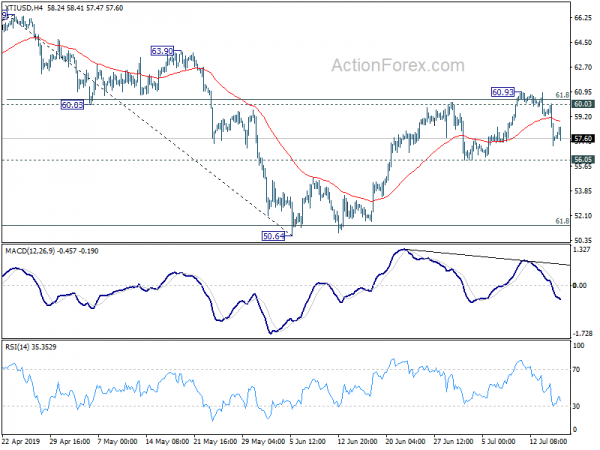
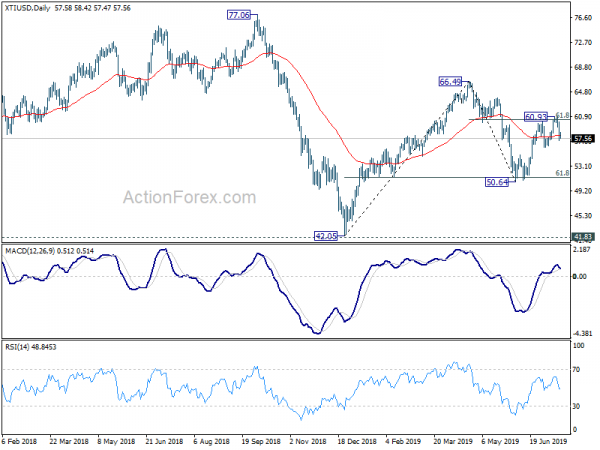
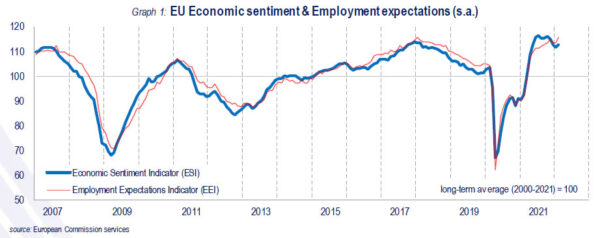
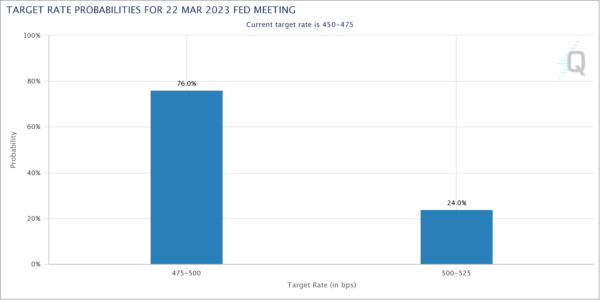
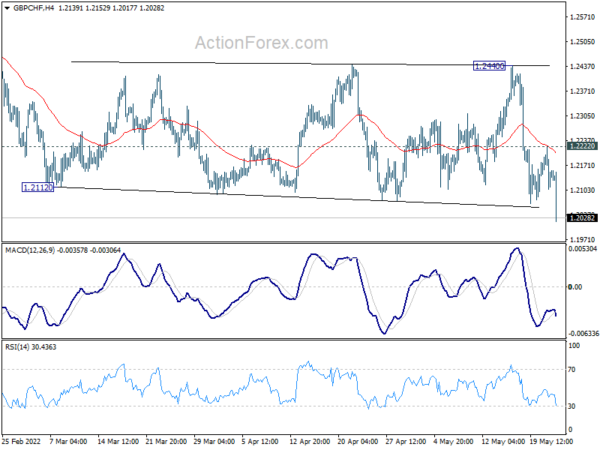
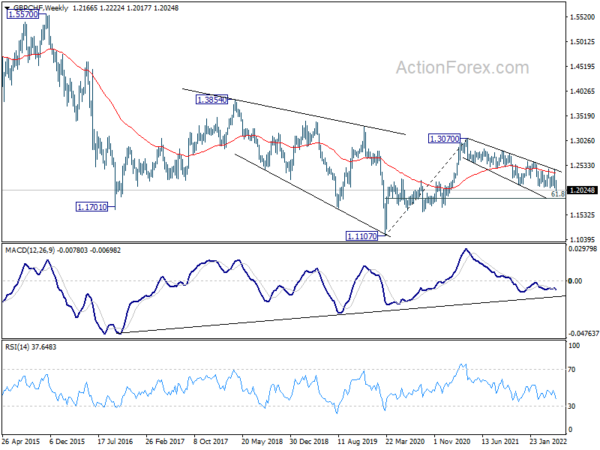
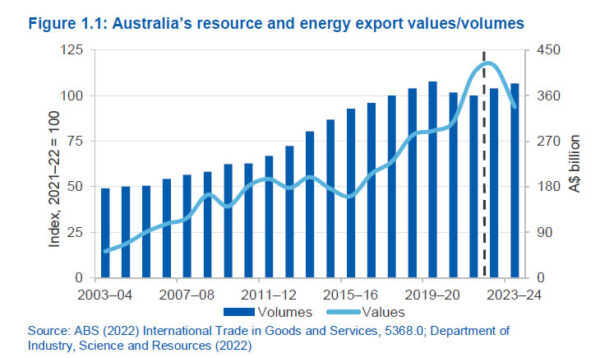

Australia house price dropped -2.4% qoq, -5.1% yoy in Q4
Australia house price index dropped -2.4% qoq in Q4, deepened from Q3’s -1.5% qoq and missed expectation of -2.0% qoq. Sydney led the way by dropped -3.7% qoq, followed by Melbourne at -2.4%. Hobart (up 0.7%) and Adelaide (up 0.1%) bucked the trend.
Through the year growth in residential property prices fell -5.1% yoy in the December quarter 2018. Falls were recorded in Sydney (-7.8 per cent), Melbourne (-6.4% yoy), Darwin (-3.5% yoy), Perth (-2.5% yoy) and Brisbane (-0.3% yoy).
Chief Economist for the ABS, Bruce Hockman said: “While property prices are falling in most capital cities, a tightening in credit supply and reduced demand from investors and owner occupiers have had a more pronounced effect on the larger property markets of Sydney and Melbourne.”